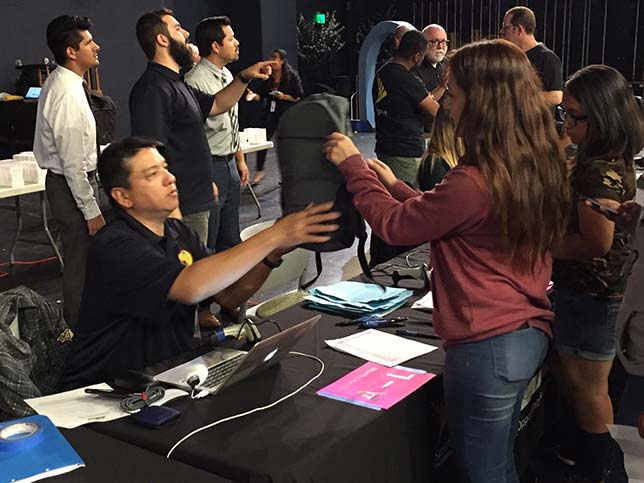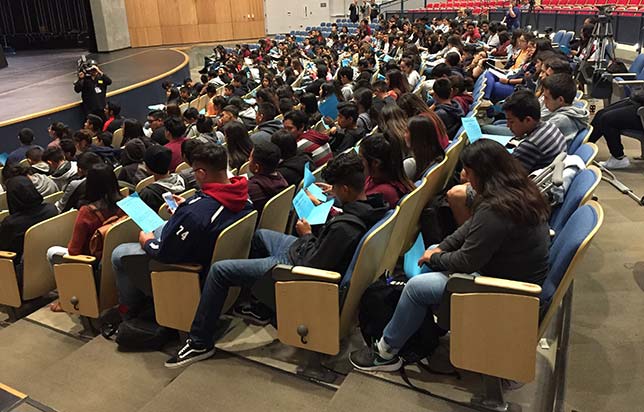1Million Project Supplies Devices and Internet to LA and Miami Students
- By Dian Schaffhauser
- 11/01/17

Image courtesy of Sprint
This week Sprint is continuing to make good on its 1Million Project commitment. Nearly 500 students in the Los Angeles Unified School District received ZTE Warp Connect hotspot devices from the telecom company, along with along with free Internet service. The same students also received HP Chromebooks, headphones and a backpack supplied by the district itself.
When distribution is done this year, 9,000 hotspot devices will go out to students in LAUSD for a total of almost 22,500 in Southern California.

Image courtesy of Sprint
Last week on the opposite coast 14,000 high schoolers in the Miami-Dade County Public Schools were the first recipients in that school district to receive the wireless devices as well as Samsung smartphones.
The project is intended to help fill what educators have dubbed the "homework gap" — the situation that exists when schools expect all students to be able to use technology to do their homework, even those who lack access to computers or internet connectivity at home.
School districts can apply to the second year of the 1Million Project if they can identify between 1,200 and 20,000 students who lack high-speed internet access at home. The program unfolds over four years within the district, with the expectation that the schools have community support. Applications will be accepted through early spring 2018 for programs that will begin at the start of the 2018-2019 school year; those beginning then will run through 2021-2022. Students will receive free internet service through that final school year, whether they receive their devices in the first year of the program or the fourth year.
Schools may apply to the program on the 1Million Project website.
About the Author
Dian Schaffhauser is a former senior contributing editor for 1105 Media's education publications THE Journal, Campus Technology and Spaces4Learning.